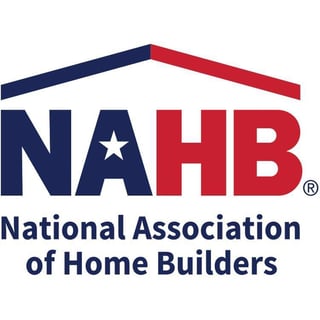Muddy Waters: WOTUS ruling gives NAHB the blues
As 2022 came to a close, the Biden administration established regulations that expand the definition of “waters of the United States” (WOTUS) under the Clean Water Act (CWA).
But the National Association of Home Builders claims the move is a “blow to housing affordability” while providing more regulatory uncertainty to home builders.
"Rather than providing clarity and certainty for home builders and other affected stakeholders, this definition of WOTUS adds uncertainty and confusion to the regulatory process, raises housing costs and drastically increases federal overreach in the process," NAHB Chairman Jerry Konter said in a prepared statement.
According to the NAHB, the final rule relies on a confusing and legally flawed theory of CWA federal jurisdiction known as the "significant nexus test" to potentially assert federal control over isolated wetlands, features that contain water only in response to rainfall events, and ephemeral streams impacting numerous activities, including home building.
The WOTUS decision was issued by the U.S. Environmental Protection Agency (EPA) and the Army Corps of Engineers (Corps) on Dec. 30.
“The rule makes it unclear whether the federal government will regulate certain roadside ditches, isolated ponds and channels while continuing its reliance on the significant nexus test,” Konter said. “A major flaw of this final rule is its heavy reliance upon the significant nexus test to capture potentially all isolated and ephemeral features that were clearly excluded under the prior Navigable Waters Protection Rule.”
The Supreme Court's upcoming ruling under Sackett v. EPA is focused on the legality of the significant nexus test, which is a critical part of the final rule.
The new rule will go into effect in late February or early March, and the Sackett verdict could be issued before the rule is even implemented or a few short weeks thereafter, the NAHB said. A victory for Sackett would force the EPA and Corps to go back to the drawing board on WOTUS.
New, expanded regulations are being described as “counterproductive and shortsighted” by the NAHB given the Supreme Court’s upcoming timeline.
Regarding affordability and creating a new barrier for residential construction, the regulations
extend the areas in which home builders are required to get federal permits compared to the prior rule finalized during the Trump administration. The move could result in continued regulatory barriers to affordable housing as single-family and multifamily developers struggle to find the developable land necessary to produce the new affordable housing units.
The test's results are determined by a federal regulator who decides whether a specific feature, along with similarly situated features located across an entire watershed, significantly affects the chemical, physical, or biological integrity of traditional navigable water.
But the NAHB says the nexus test has proven extremely difficult to apply consistently in the field, leaving developers and builders unable to discern for themselves which isolated wetlands, ephemeral streams, or even human-made drainage features, like roadside ditches, are federally jurisdictional under the CWA.
"The Biden administration has declared a housing affordability crisis, but if the administration is truly interested in knocking down barriers to affordable housing, it will direct the EPA and Corps to keep from implementing this rule until the Supreme Court issues its ruling in the Sackett case," Konter said.


